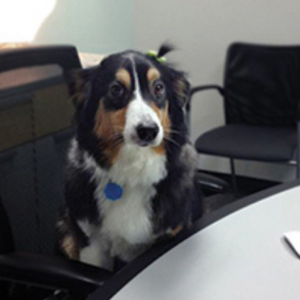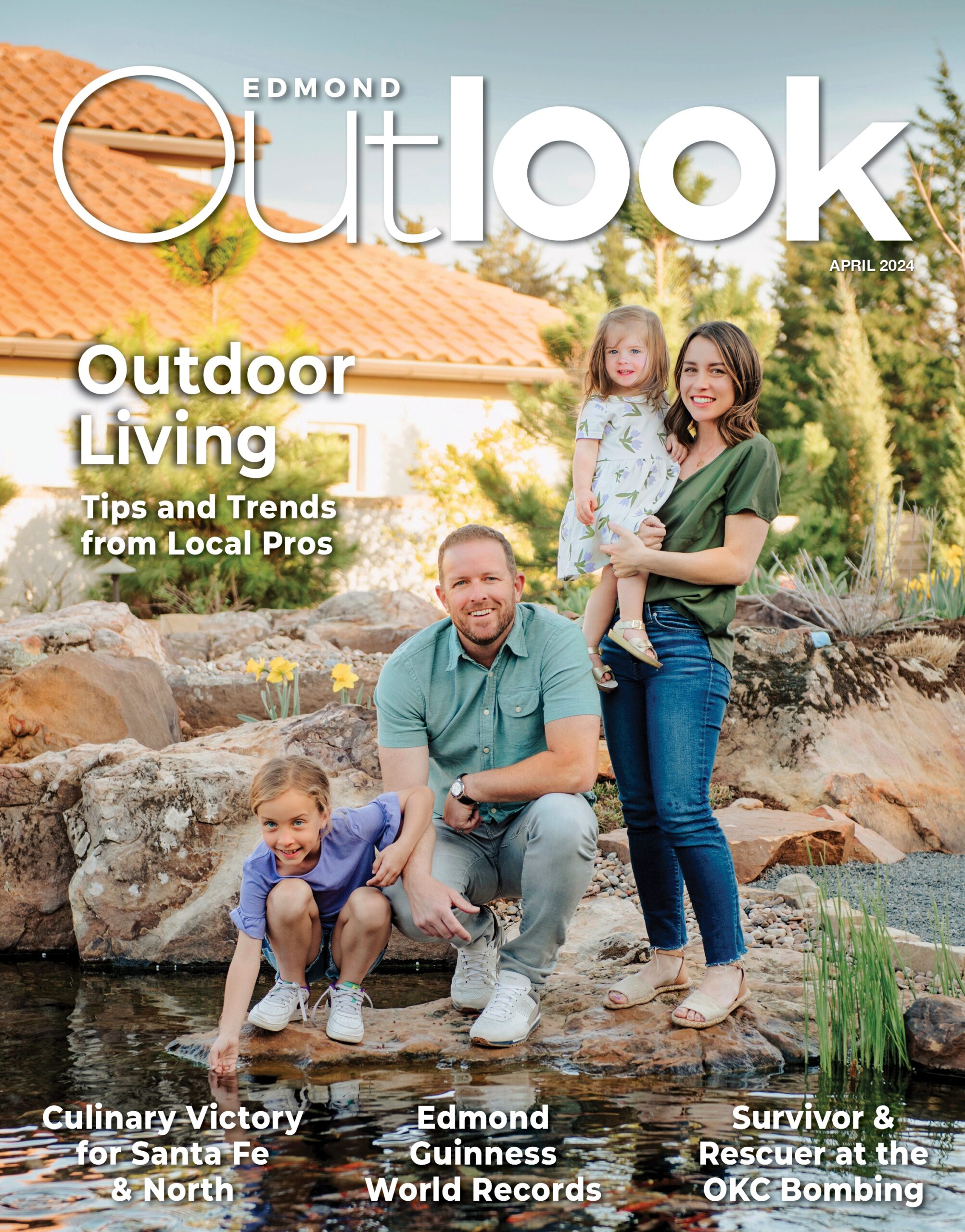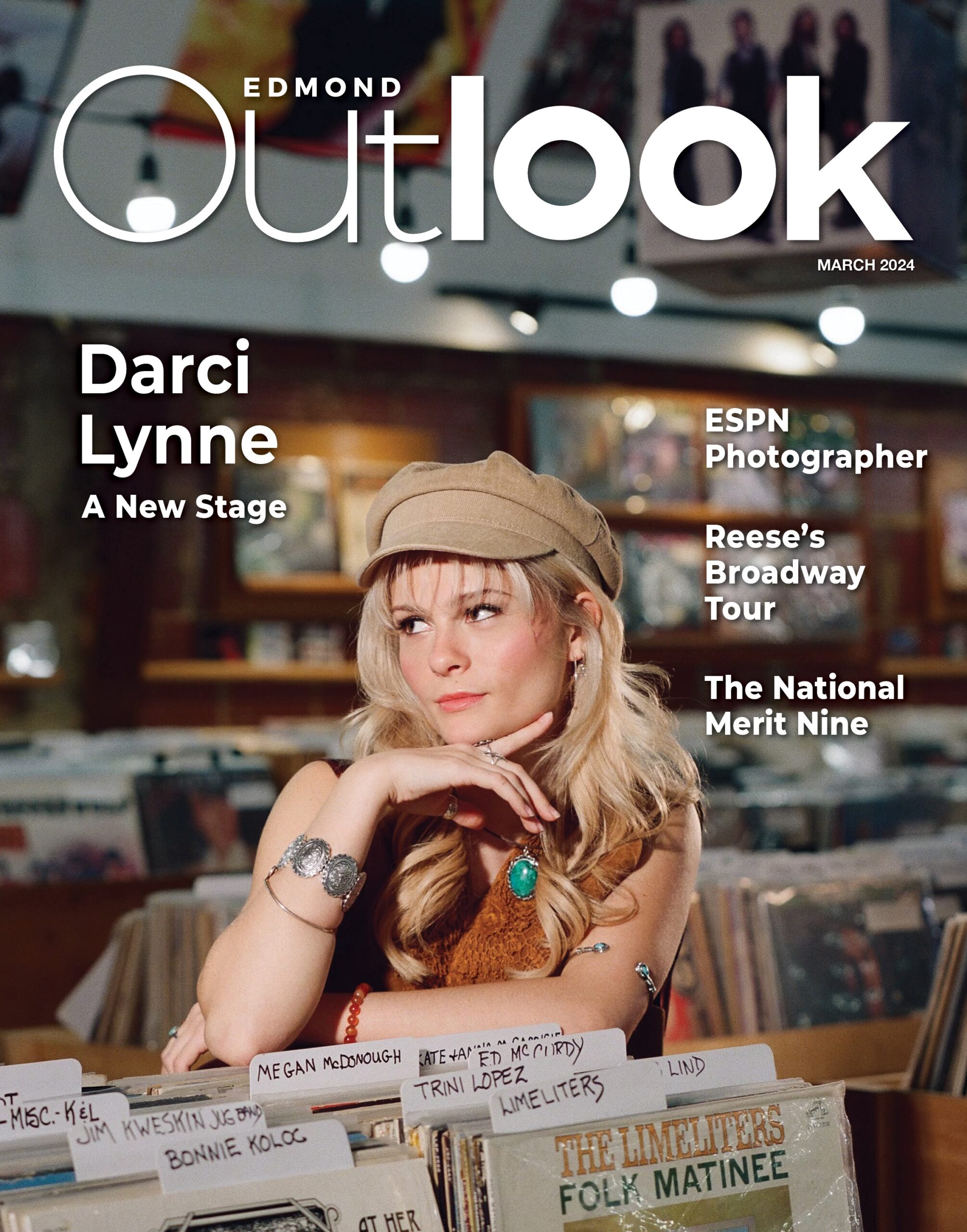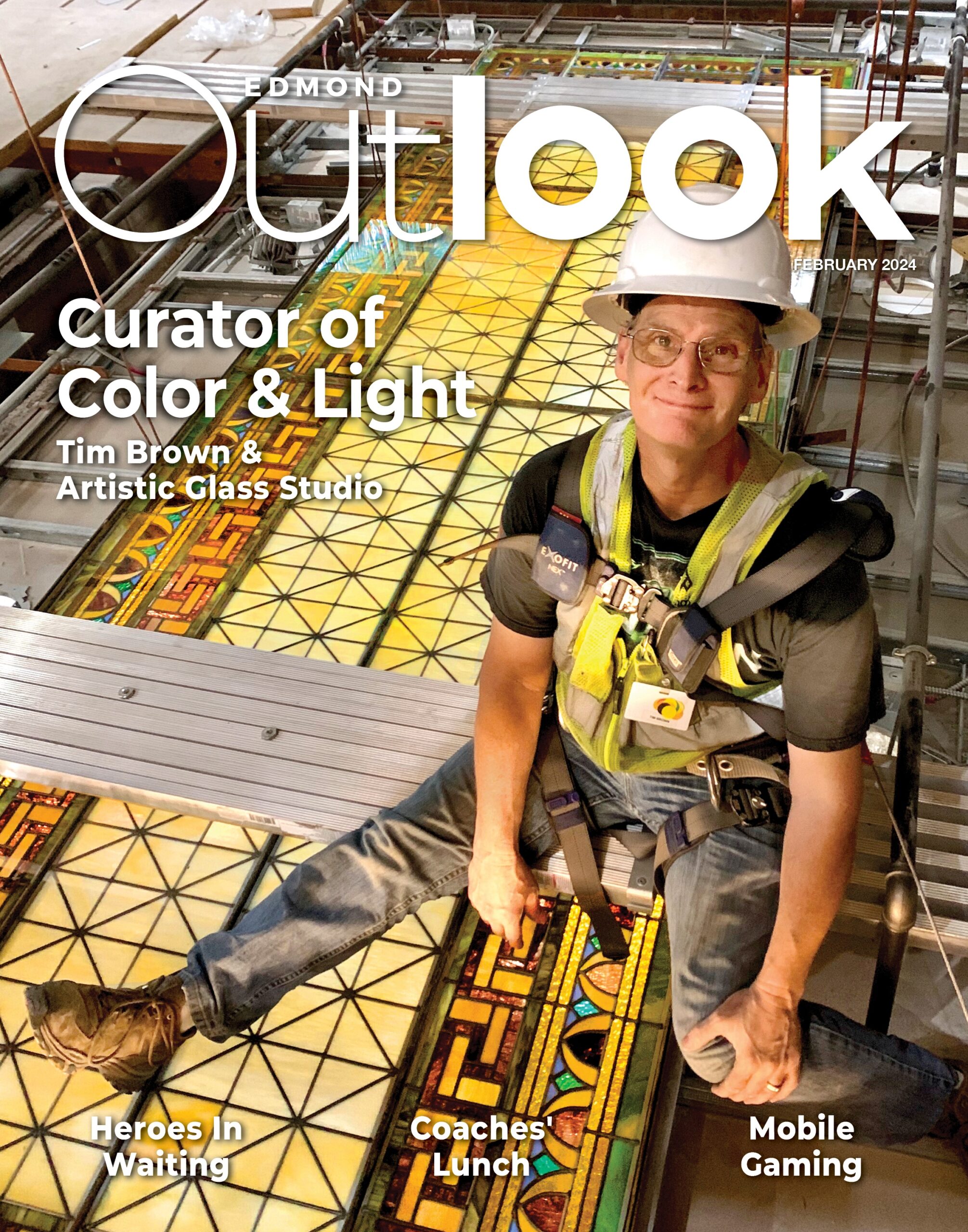Trap, Release, Repeat
On a dark Thursday night that promised rain, MaryDoris Casey was creeping around some dumpsters behind a row of fast food restaurants and wading through overgrown lots filled with the detritus of empty soda cups and food bags.
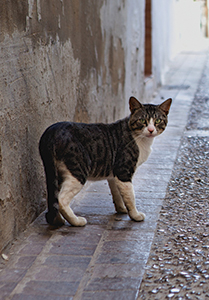 “There’s a colony of brown tabbies out here,” she said. After emptying a can of wet cat food, she places a wire live trap and heads across the street to an all-night gas station where she knows several wild cats roam. Within minutes, the gas station live trap has a large gray male tabby. Casey coos gently at the cat as she checks his ears. One ear has a perfect horizontal cut across it.
“There’s a colony of brown tabbies out here,” she said. After emptying a can of wet cat food, she places a wire live trap and heads across the street to an all-night gas station where she knows several wild cats roam. Within minutes, the gas station live trap has a large gray male tabby. Casey coos gently at the cat as she checks his ears. One ear has a perfect horizontal cut across it.
“Ah, he’s been caught before,” she says, opening the trap to let the feral, but neutered, animal out to streak madly away. At other dark locations, more cats prowl, but that night, they stayed hidden. On that Thursday, two cats were trapped. On some nights, Casey can claim more than 10 cats.
Every week, Casey and a group of volunteers trap feral cats. Once caught, the cats are taken to a local vet, neutered or spayed, vaccinated and then released back to where they were found. In three years, Casey’s organization, The Community Cat Coalition of Edmond, has trapped, spayed or neutered, vaccinated and returned more than 1,200 feral cats in Edmond alone.
“People don’t think Edmond has feral cats, but we do,” said Casey. “Cats aren’t the problem. Uncontrolled breeding is. Once you spay or neuter a cat, they become healthier and live longer. They have a right to live, but we have to keep them from breeding.”
The Community Cat Coalition is a 501(c)(3) all-volunteer organization that works to change the way community cats are viewed and treated in Edmond. In the past, feral cats were euthanized. Today, these cats are fixed to control breeding and released back into their wild habitat.
“It’s discouraging to see how the community views feral cats,” Casey said. “No one was doing anything to fix the problem. Spaying and neutering is the key. Our organization can control the population by reducing the number of kittens born.”
A Feral Problem
Casey has always been fond of cats. While working at an animal shelter as a volunteer, her eyes were opened to the feral cat problem. “When I was volunteering, 60 to 70 percent of the cats in the shelters were killed. I wanted to stop the amount of killing.”
Edmond has a low-kill shelter, and although the organization tries to adopt out healthy, friendly felines, the feral cats are hopeless. The wild ones were put to death, but the feral cat problem was still growing.
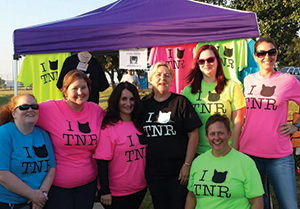 In 2010, Casey and her partner Tina Williams started a trap, spay/neuter and release program. In June 2011, the Community Cat Coalition of Edmond, Inc. was born. And despite the community’s skepticism about the feral cat population, it exists. Experts determine the feral cat numbers by dividing a community’s population by six. By this standard, the approximate 80,000 population of Edmond means at least 13,000 stray felines live in the city.
In 2010, Casey and her partner Tina Williams started a trap, spay/neuter and release program. In June 2011, the Community Cat Coalition of Edmond, Inc. was born. And despite the community’s skepticism about the feral cat population, it exists. Experts determine the feral cat numbers by dividing a community’s population by six. By this standard, the approximate 80,000 population of Edmond means at least 13,000 stray felines live in the city.
But the TNR method—an acronym for trap, neuter, return—seems to be making headway. According to the National Council on Pet Population Study and Policy Shelter Statistics Survey, “euthanasia” in animal control shelters is the number one documented cause of cat deaths in the US with 72 percent of all cats at shelters being killed, and nearly 100 percent of feral cats killed.
On the other hand, studies of Trap-Neuter-Return prove that the size of feral cat colonies decreases over time, up to 66 percent. Another study of a TNR program over a 10-year period proved colony size dropped by 16 to 32 percent.
Opponents argue that the feral cats are abandoned to starve or freeze to death in the wild. In addition, some claim that feral cats lead the unchecked massacre of birds, lizards and small animals. Casey said she was aware of the arguments, but said no other solutions were being offered. “Most cats we work with are truly feral,” Casey said. “TNR can stop the behavior in cats that people find annoying. When you fix the cats, they are less aggressive and the neutered males don’t yowl, fight or spray as much. The females stop having litter after litter after litter.”
Labor of Love
The Community Cat Coalition doesn’t work in a fancy building. All work is done out of Casey’s garage, and the $35 per cat spaying and neutering fee is covered by donations. Animals that are friendly are adopted out if possible.
“We are 100 percent volunteer-based,” Casey said. “We have donation drives, and every penny donated goes back to the cats. Some of the neighbors who can’t afford food for the cats in their neighborhood receive help from us. Our only requirement is that we spay and neuter those animals.”
Although the coalition pays $35 per cat, the service is offered free to the community. “We do this for free for Edmond for any cat,” Casey said. “I beg people to spay and neuter their cats. Cats can start breeding at four months old, and while nursing one litter, a cat can go into heat again and get pregnant. We have to stop the breeding.”
For more information on The Community Cat Coalition, visit facebook.com/edmondcats or edmondcats.petfinder.org.
